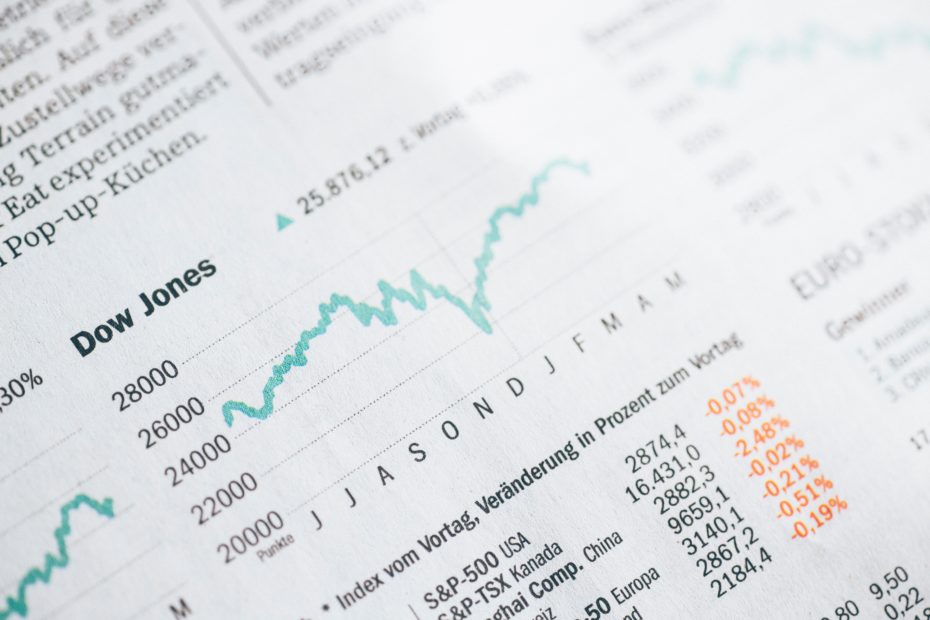Some publicly traded companies retain earnings to aggressively seek growth opportunities. Others will disperse some of the profit with shareholders in the form of a dividend. Either way, the owner of the shares should be rewarded with capital gain in appreciating share price or a regular dispersion of income that can be saved or reinvested.
Some dividend paying companies will also have what is called a DRIP or a Dividend Reinvestment Plan.
Dividend Reinvestment Plan Perks
It should be pretty obvious that a DRIP will reinvest your dividends as the title implies. But what makes this plan any better than taking the dividends yourself and re-investing them?
- Low Transaction Fees. The benefit of having a special plan reinvest your dividends is that transactions fees are usually low or eliminated altogether. This can be an excellent perk for investors starting with smallish amounts of capital. For example, if your quarterly dividend is only $150 and you don’t have a plan, you can either wait until you accumulate enough cash to make the purchase worthwhile, or lose 10 – 20% of your capital in a brokerage fee.
- Immediate and Forced Savings. I remember being eight years old and receiving my allowance. I had the burden of either saving it for the future where I could buy a car in nine years, or buy a bag of chips and collect a Hulk Hogan sticker. Instant gratification is a problem many of us struggle with. With the DRIP, the choice is taken away. The plan automatically reinvests the profit at regular intervals thus compounding profits.
- Fractional Shares. Yet another perk from this sort of a plan comes in the form of fractional share purchase. Some stocks, such as Google, cost hundreds and hundreds of dollars per share. Imagine how long you would need to save up small dividends of $50 every three months to add up to a single share! Many DRIPs allow for portions of shares to be bought by the decimal point. This will help your money grow even quicker.
- Additional Plans. After enjoying your DRIP for some time, you may decide that a monthly purchase of shares would be prudent. Your recent raise of $100 per month will allow you to save for retirement that much quicker. However, buying more shares on the open market will open you to costly brokerage fees thus eroding your monthly contribution significantly. Thankfully, many DRIPs also come with a Share Purchase Plan that allows additional shares to be bought up with very minute amounts of cash without costly fees.
- Hands Free Investing. Technical analysis can be a challenging, although profitable, way to make money in volatile markets. The difficulty of short term trading is the time involved. With DRIPs you do not need to sit in front of a computer terminal all day working out price trends, momentum, and chart patterns. It is a hands-free approach to investing that is suitable for a long term plan.
- Cheap Shares. Some plans will allow you to buy shares below market value! This needs no further explanation as you can see the benefit clearly.
All DRIPs Created Equal?
Before you run out and sign up with a DRIP, know that they are not all equal. Some are run by the company itself, which is perhaps the most common. Other times the company will outsource the DRIP to a third party or transfer agent that specializes in these products. A company that builds toy dog robots may or may not want to busy themselves with the tedious paperwork associated with administering shareholder plans.
A brokerage might also choose to offer a plan but these are synthetic DRIPs and different than the one offered directly though the company. The brokerage may give some perks, but check carefully whether you can make additional share purchases for little transaction fees. You need to examine the bait, hook, line, and man holding the pole.
The Good and the Bad
The upside to such a plan is obvious: low fees, compounding profits, forced savings, and options to buy more shares for less.
The downside, if there is any, is that you will need to keep records of all transactions. Brokerages are proficient at giving statements that can easily be transferred to your accounting software. With a reinvestment plan you might need to do a little extra paperwork yourself. An alternative dividend strategy is found here if you decide DRIPs are not for you, but you still prefer income stocks over growth shares.
For those who enjoy a hands free approach to saving for the future, the Dividend Reinvestment Plan, or DRIP, might be just the solution they are looking for.
By clicking on the click and signing up for an account, I earn a commission, no extra on your part 🙂
